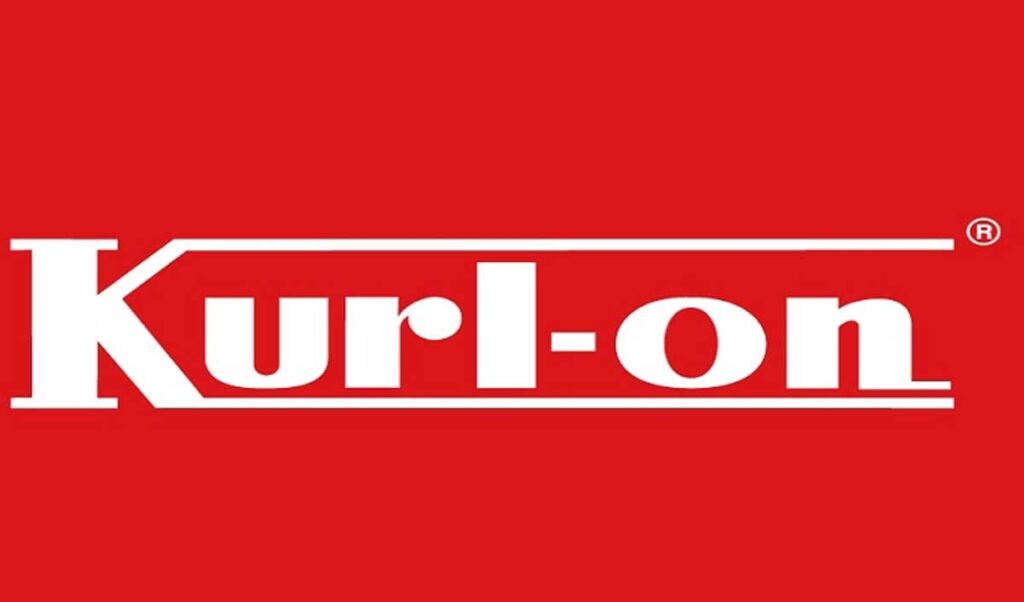The Age of Distrust and The Age for Trust

There is an increasing ‘loss of faith’ against people and organizations thanks to a mix of facts and fakes.
Loss of Faith
The last few years have seen an increasing ‘loss of faith’ against politicians and media (because all communication happens through offline and online media) thanks to a mix of facts and fakes.
Seen both in India and across the world and has been crystallized by the elections of Trump and to a certain extent Modi.
Fake news, trickery, fake viral stories etc. have been profligate sparing no one – including Trump, Obama, Modi and many others. It is not surprising that politicians have been the most affected since they have a history behind them closely followed by the media thanks to the ready access to truth and fake information.
Veles, Macedonia emerged as the “world capital” of fake news, being the registered home of 100+ pro-Trump sites, earning its propagators’ thousands of dollars in advertising revenues and making it difficult to distinguish between real and fake headlines.
Popularity over Veracity
The authenticity of the news is not determined by the veracity but rather by popularity and this is the case where so-called news sites like Pgurus, Satyavijayi, Beef Janata Party etc. have included news with morphed pictures and false news. Social media propagates most of this ‘news’, not surprisingly thanks to the power of the ‘share’ button.
With this huge infiltration of fake news in the media, there is an inundation of such news on social feeds and for marketing, it has been good news from a content propagation aspect but it has come at the cost of trust and consumer confidence.
The Age of Distrust has begun…
There is an air of scepticism of practically everything, let alone business or marketing in particular. Venture capitalists have been questioned for their investments in various startups, CEOs have been questioned for the way they run their company, marketing has been questioned for flogging every day into a marketable day.
For Millennials, this is hardly surprising given their attitude. What is surprising is the speed at which the older generations are forming similar sentiments.
In the era of high scepticism and low confidence, marketers face perhaps one of their greatest challenges: believability.
Solving it themselves… Consumer Reviews
Surprisingly the solution to this has come from the consumers themselves. Ask other people for their opinions! Hence online reviews form an integral part of most purchasing decisions. A person like you is just as credible for information as experts about a company or brand. Over 50% of consumers are now routinely checking online reviews before making a purchasing decision.
Not surprisingly most e-commerce sites have a review section for each product. Sites like Zomato or Yelp have gone a step further by centring their business on consumer opinions.
Engage
Business leaders will recognize that in this new world they cannot operate with a top-down approach. Rather, a flatter, participatory model is needed, one that isn’t just “for the people” but “with the people.” The best companies are the ones listening to customers and responding to them.
For marketers, it is time to renew their efforts on their existing customers. In the age of a mountain of dollars, steroid-like discounts and undue weightage on customer acquisition at any cost; retaining old customers have been given the go by. Perhaps with the tightening of belts and emphasis on profitability, the scenario will change as their voices, opinions, and beliefs now say much more about a brand than traditional advertising or marketing can. Social media offers the most obvious platform for this kind of marketing, but other forms of social-in-nature content are beginning to take off as well.
Brands that regularly engage with their customers directly through social media, forums and review platforms are best geared to handle the new age of distrust. “62% of millennials say that if a brand engages with them on social networks, they are more likely to become a loyal customer. They expect brands to not only be on social networks but to engage them.” The reviews and feedback consumers leave not only generate brand loyalty but also provide potential customers—those who don’t quite trust traditional marketing methods—with the push they need when a purchasing decision needs to be made.
Make a Negative a Positive
Negative experiences that were earlier ignored or responded in a standardized template through IVR or email have now become a tactic for customer acquisition. Responding publicly to these negative experiences has interestingly shown the brands in a new l



